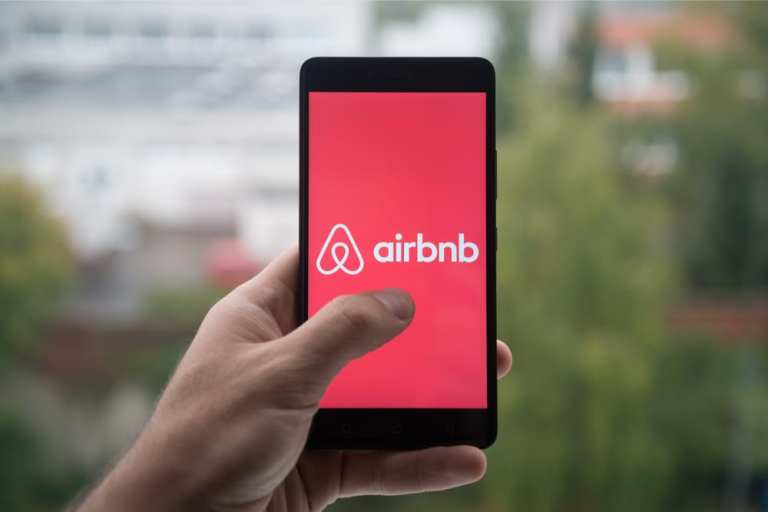Travel Sites, Airbnb Get Boost In Domestic Short-Term Rental Bookings

As Americans seek relief from cabin fever after months of shelter-in-place orders due to the pandemic, vacation rentals are on the rise, Bloomberg reported.
“People, after having been stuck in their homes for a few months, do want to get out of their houses; that’s really, really clear,” Airbnb CEO Brian Chesky told the news service. “But they don’t necessarily want to get on an airplane and are not yet comfortable leaving their countries.”
Airbnb said it has booked more nights for U.S. listings between May 17 and June 3 compared to the same weeks one year ago, Bloomberg reported. Since the pandemic began four months ago, the percentage of bookings on Airbnb within 200 miles has grown from one-third in February to more than 50 percent in May.
Among the top U.S. destinations on Airbnb are traditional vacation markets, such as Southern California’s Big Bear Lake, the Smoky Mountains, the Tennessee-North Carolina border, and Port Aransas in Texas, the company told Bloomberg.
“People are eager for open spaces like beach towns or mountain villages, which is sparking the vacation rental rebound,” Naved Khan, an analyst at Suntrust Robinson Humphrey Inc., told the news service. “Little by little we are seeing it unfold before us as people are feeling bold enough to venture out and stay at another place for a couple of nights and most of the time these places are homes and villas.”
The San Francisco-based home-share company is not alone in seeing bookings increase.
Expedia Group’s Vrbo and Booking Holdings are also seeing a jump in domestic vacation-rental reservations, Bloomberg reported.
Still, any rebound stems from the depths.
The travel sector was gutted by the pandemic as air travel passenger traffic has fallen by 95 percent. In addition, Airbnb and Tripadvisor cut 25 percent of their workforces, Bloomberg reported
CEO Glenn Fogel at Booking, the Amsterdam-based travel search engine for lodging reservations, told Bloomberg the pandemic would chill global travel more than the 9/11 terrorist attacks, the SARS epidemic and the 2008 financial crisis combined.
Demand for air travel is also showing some early signs of life. U.S. passenger numbers reached 391,882 on June 4, the highest since March 22, according to the Transportation Security Administration. But the average daily total over the last week was still 87 percent less than during the same period a year ago, Bloomberg reported.
“It’s going to be awhile before people start crossing borders, getting into planes or traveling for business,” Chesky said, according to Bloomberg.